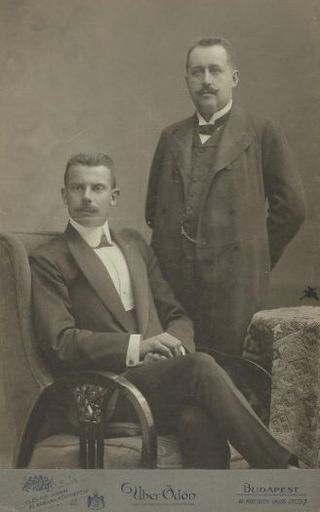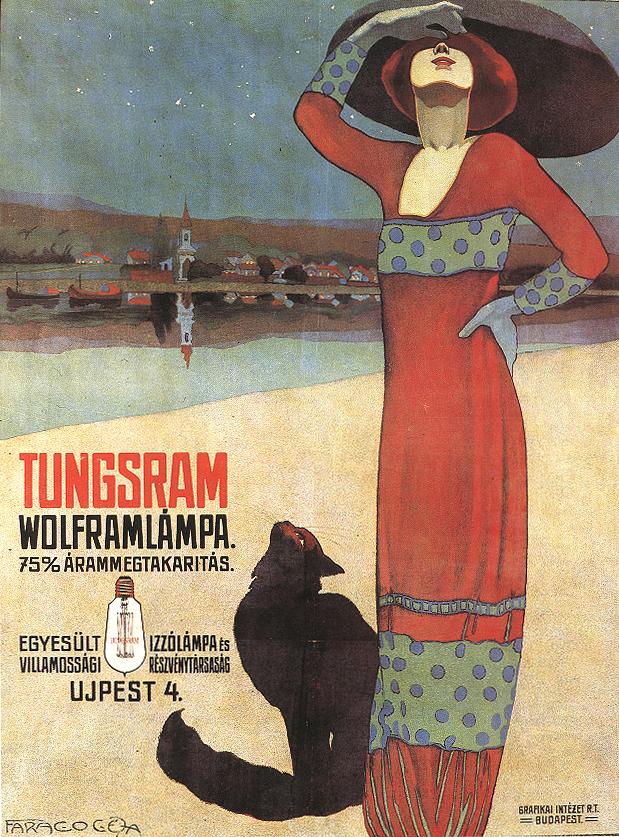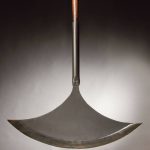The Croatian inventor became famous worldwide for inventing the world’s first applied electric light-bulb with a metal filament in 1904
We all know think of Thomas Edison when we think of the light bulb, but did you know that a Croatian inventor was responsible for inventing the world’s first commercially viable electric light bulb?
He and his assistant Alexander Just developed the first light bulb with tungsten (wolfram) filament and they were granted the Hungarian Patent #34541 in Budapest in 1904.

Wikimedia commons
Before that, carbon fibre light bulbs were used, but they were not very bright and had a short lifespan – 13 hours, and they were sensitive to vibration. This type of bulb was filled with an inert gas, instead of using a vacuum.

Wikimedia commons
The new tungsten based bulbs were much brighter and lasted much longer than the originals. Efficiency ratings for the original carbon lamps were 1.7 lumens per watt while the new tungsten filament produced 7.75 lumens per watt. Tungsten filament lamps were first marketed by the Hungarian company Tungsram in 1905, so this type is often called Tungsram-bulbs in many European countries.

Wikimedia commons
They were very expensive at first, but William David Coolidge invented an improved method that made them less expensive in 1910. By the mid-1900s, most bulbs used tungsten filaments.
His invention helped many subsequent discoveries in the fields of diodes and triodes.
During his travels to the USA in 1910, Hanaman sold his patent rights to the General Electric Co. for $250,000, receiving one-third of the amount as the patent holder.
https://www.youtube.com/watch?v=FyEQnv1DYEo

Hrvatska enciklopedija
Hanaman was born in Drenovci, on June 30, 1878. He graduated from Vienna’s College of Technology Faculty of Chemistry in 1899. He was interested in analytical chemistry, so he started working as an assistant to Dr George Vortman, which is when he met Alexander Just.
After working in Vienna, Hanaman came back to Zagreb in 1922 to teach at the Technical Institute, where he soon founded the Chemical-Technical Department. He was later the Sub-Dean at the Technical Faculty.
He died in 1941 and is buried at Zagreb’s Mirogoj Cemetery.








